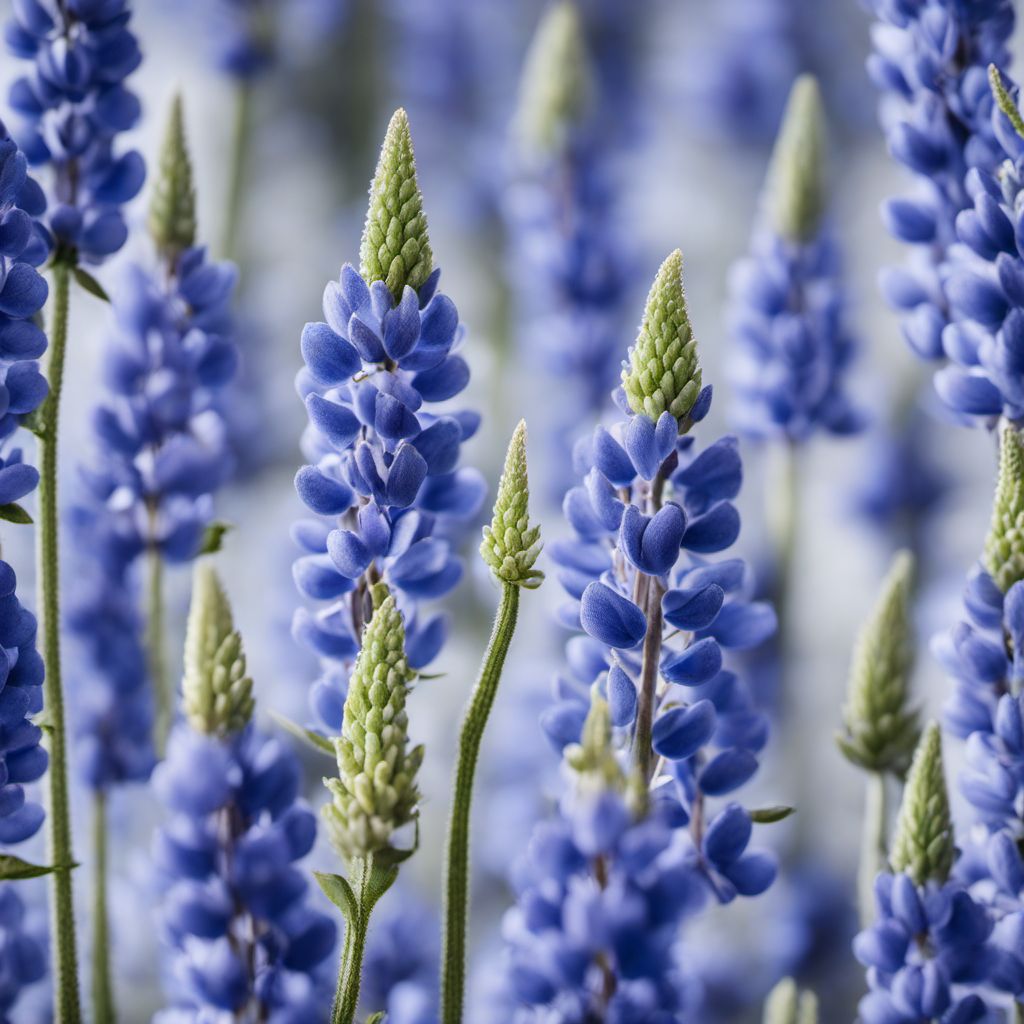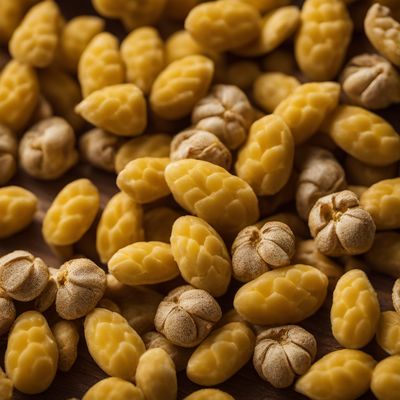
Ingredient
Blue lupin (dry)
The Protein Powerhouse: Blue Lupin
Blue lupin, or lupini beans, are small, oval-shaped legumes with a vibrant blue color. They have a nutty flavor and a creamy texture when cooked. Blue lupin is a protein powerhouse, making it a popular choice for vegetarian and vegan diets. It is commonly used in Mediterranean and Latin American cuisines, where it is incorporated into various dishes like salads, stews, and spreads.
Origins and history
Blue lupin has a long history and is believed to have originated in the Mediterranean region. It has been cultivated for thousands of years and was a staple food for ancient civilizations. Blue lupin was introduced to Latin America during the colonial period and has since become a key ingredient in traditional dishes. Today, it is grown in several countries around the world, including Italy, Spain, Peru, and Brazil.
Nutritional information
Blue lupin is a rich source of plant-based protein, fiber, and essential minerals like iron and magnesium. It is also low in fat and cholesterol-free.
Allergens
There are no known allergens associated with blue lupin.
How to select
When purchasing blue lupin, look for dry lupini beans that are whole and intact. Avoid any beans that are discolored, shriveled, or have a musty odor. If possible, choose organic blue lupin to ensure the best quality and avoid any potential pesticide residues.
Storage recommendations
To store blue lupin, keep the dried beans in an airtight container in a cool, dry place. They can be stored for up to a year. Once cooked, store any leftovers in the refrigerator for up to 3-4 days.
How to produce
Blue lupin can be grown in a home garden, but it requires well-drained soil and full sun. Sow the seeds directly in the garden or in containers, and water them regularly. Harvest the pods when they turn yellow and dry them thoroughly before removing the beans.
Preparation tips
Before using blue lupin, it is important to soak the dried beans to remove any bitterness and soften their texture. Soak them in water for at least 24 hours, changing the water several times. After soaking, boil the beans in fresh water until tender. Blue lupin can be used in salads, stews, or pureed into spreads like hummus. It can also be roasted and seasoned as a nutritious snack.
Culinary uses
Blue lupin is commonly used in Mediterranean and Latin American cuisines. It is often added to salads, stews, and soups, or used as a filling for empanadas and other savory pastries. In Italy, blue lupin is traditionally served as a snack or appetizer, marinated in brine. In Peru, it is used to make a popular dish called ceviche de chochos, a variation of the classic ceviche.
Availability
Blue lupin is commonly available in Mediterranean countries like Italy and Spain, as well as in Latin American countries like Peru and Brazil. It can also be found in specialty stores or online retailers that offer international ingredients.


